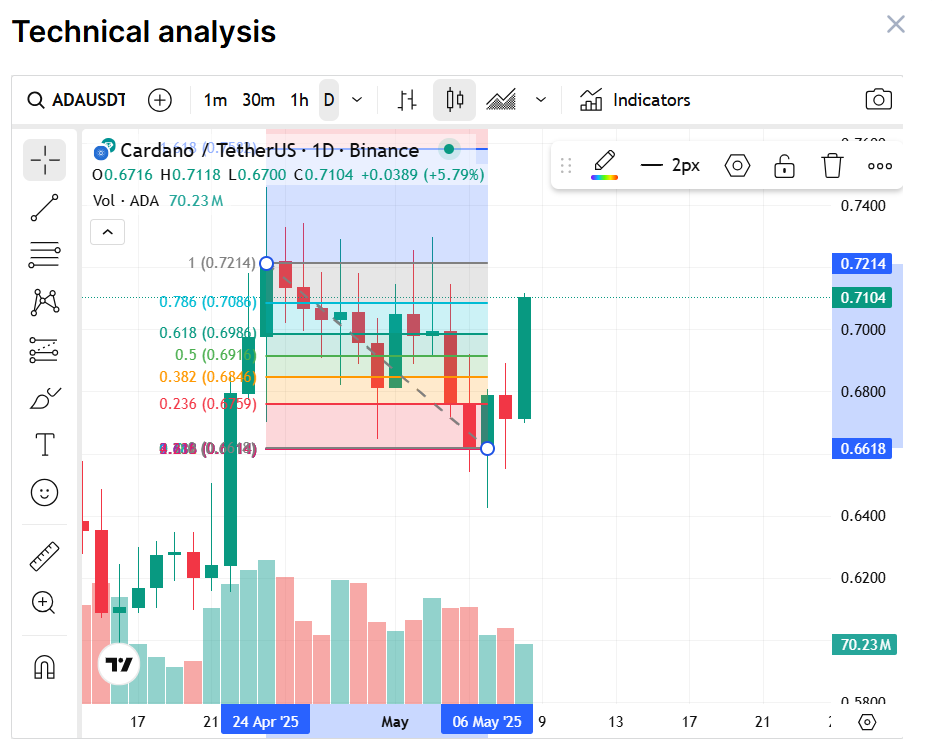
The post Charles Hoskinson Faces 318M ADA Scandal – Will It Stop ADA’s Rise to $1? appeared first on Coinpedia Fintech News
Just when Cardano, the decentralized blockchain platform, was seeing its native token ADA rising by 4.3% in the last 24 hours, a new controversy has emerged. Claiming that founder Charles Hoskinson moved 318 million worth of around $619 million without permission.
Despite the drama, ADA remains on track for a potential breakout, with indicators pointing to a price surge towards $1.
318M ADA Scandal? Hoskinson Responds
Cardano founder Charles Hoskinson has been in the limelight more for the last few weeks, starting from claiming that Ethereum might not survive the next 10-15 years, to defending Cardano against critics
But this time, Hoskinson is facing serious accusations of making unlawful move of ADA tokens. Crypto influencer Masato Alexander claims Hoskinson used special access to move 318 million unclaimed ADA, worth about $619 million, without permission.
Masato says the tokens were linked to a company called Attain Corp and were sold to investors in Japan, some of whom later felt tricked.
Hoskinson quickly denied all the claims, he said 99.8% of the tokens were claimed legally, and the rest were moved after a 7-year time limit, following the rules.
Many in the Cardano community have come to his defense, saying everything was done transparently and followed network rules.
Cardano Gears Up for Breakout – $1
Looking at the 1-day chart of Cardano, the price has been consolidating between the range of $0.66 to $0.72 for the last two weeks. Today, ADA jumped nearly 4.5% to around $0.707, breaking out of its recent downtrend.
If you take a closer look at the charts, it’s clear that ADA bounced back from a low of $0.60 and is now moving through key Fibonacci levels. In particular, ADA has broken through the 0.618 Fibonacci level at $0.6984 and is currently testing the 0.786 level at $0.7086, a bullish signal that suggests strength is building.

If ADA can close above $0.7214, it may confirm a breakout and open the door to a rally toward $0.75, $0.80, or even $1.
However, if ADA fails to break this key resistance, it could dip back to support near $0.6684 or $0.616.






